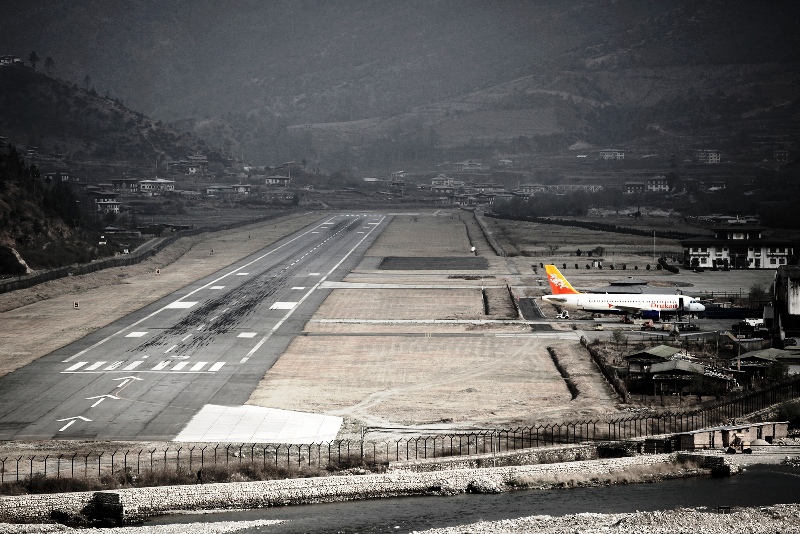The Octopus Tree is a huge Sitka spruce situated a few hundred feet from Cape Meares Lighthouse on the Oregon Coast, in the United States. The massive tree is shaped similar to an inverted octopus with branches growing like giant tentacles from its 50-foot base. The octopus tree has no central trunk. Instead, six candelabra limbs extend horizontally from the base as much as 16 feet before turning upward. The tree’s strange shape, according to local historians and Tillamook tribal descendants, comes from the ravages of the wind, but it could also have been man-made. The tree is well believed to be 200 to 300 hundreds years old dating back to when the Indians lived in this area. Indeed, one theory state that the Octopus Tree was shaped like an octopus by the Indians to hold their canoes with their dead in it, and other ritual objects. In past Oregon Coast activist Sam Boardman recognized the tree as one of a number of "Indian Ceremonial Trees" trained over time, a widespread practice of the Coast tribes. The Octopus Tree was particularly venerated, perhaps serving as the gathering site for important Tillamook tribal rites.
Once the Octopus tree was selected, the branches were forced downward toward a horizontal position when they were still flexible, let them to extend about 16 feet from the base. The restrain was then detached and the branch was permitted to grow vertically. Every branch reached skyward to over 100 feet, forming the distinctive shape. Once featured in Ripley’s Believe It or Not, the Octopus tree has been illustrated as one of the modern Wonders of the World. Over the years, this inquisitive spruce has also borne the name “Monstrosity Tree” and “Candelabra Tree”, for obvious reasons. But it is steadily called the Council Tree, a place of reverence where elders once made decisions and where shamans performed ceremonies. These days Octopus Tree is not only a significant site, but also a botanical wonder, the type of tree that increases tourists to make a visiting the attractions detour. A sign board near the tree reads: "The forces that shaped this unique Sitka spruce (Picea sitchensis) have been debated for many years. Whether natural events or possibly Native Americans were the cause remains a mystery. The tree measures more than 46 feet in circumference and has no central trunk. Instead, limbs extend horizontally from the base as much as 16 feet before turning upward. It is 105 feet tall and is estimated to be 250 to 300 years old." Undeniably one of the most mesmerizing sights to the visitor or resident of Tillamook County is the legendary Octopus Tree, and no matter what the actual age of the tree may be, a visit to the pre-historic tree of mystery is truly a pleasant visit.
Once the Octopus tree was selected, the branches were forced downward toward a horizontal position when they were still flexible, let them to extend about 16 feet from the base. The restrain was then detached and the branch was permitted to grow vertically. Every branch reached skyward to over 100 feet, forming the distinctive shape. Once featured in Ripley’s Believe It or Not, the Octopus tree has been illustrated as one of the modern Wonders of the World. Over the years, this inquisitive spruce has also borne the name “Monstrosity Tree” and “Candelabra Tree”, for obvious reasons. But it is steadily called the Council Tree, a place of reverence where elders once made decisions and where shamans performed ceremonies. These days Octopus Tree is not only a significant site, but also a botanical wonder, the type of tree that increases tourists to make a visiting the attractions detour. A sign board near the tree reads: "The forces that shaped this unique Sitka spruce (Picea sitchensis) have been debated for many years. Whether natural events or possibly Native Americans were the cause remains a mystery. The tree measures more than 46 feet in circumference and has no central trunk. Instead, limbs extend horizontally from the base as much as 16 feet before turning upward. It is 105 feet tall and is estimated to be 250 to 300 years old." Undeniably one of the most mesmerizing sights to the visitor or resident of Tillamook County is the legendary Octopus Tree, and no matter what the actual age of the tree may be, a visit to the pre-historic tree of mystery is truly a pleasant visit.






















































